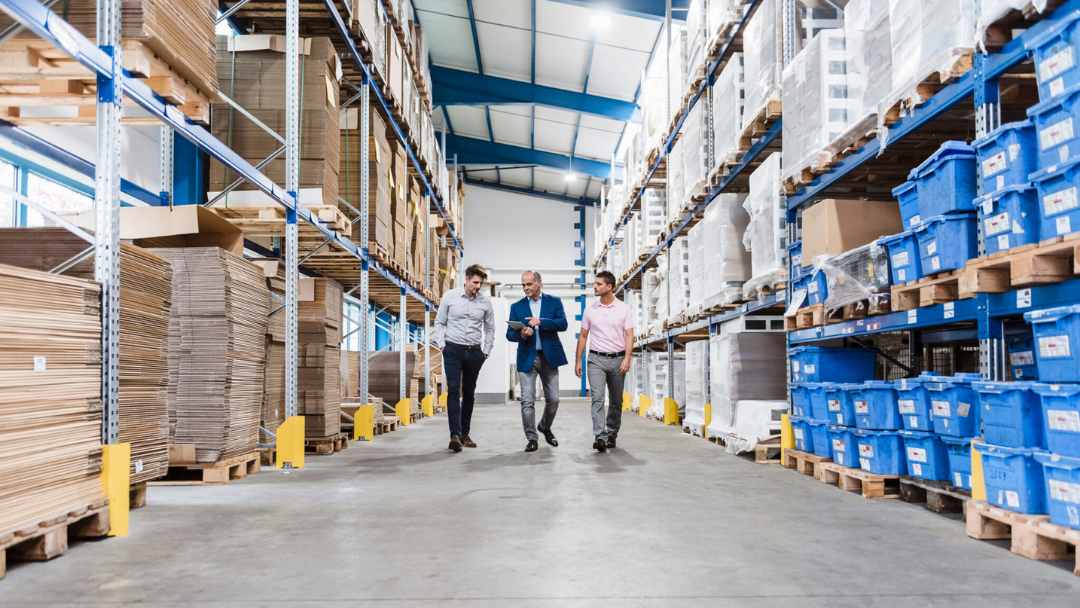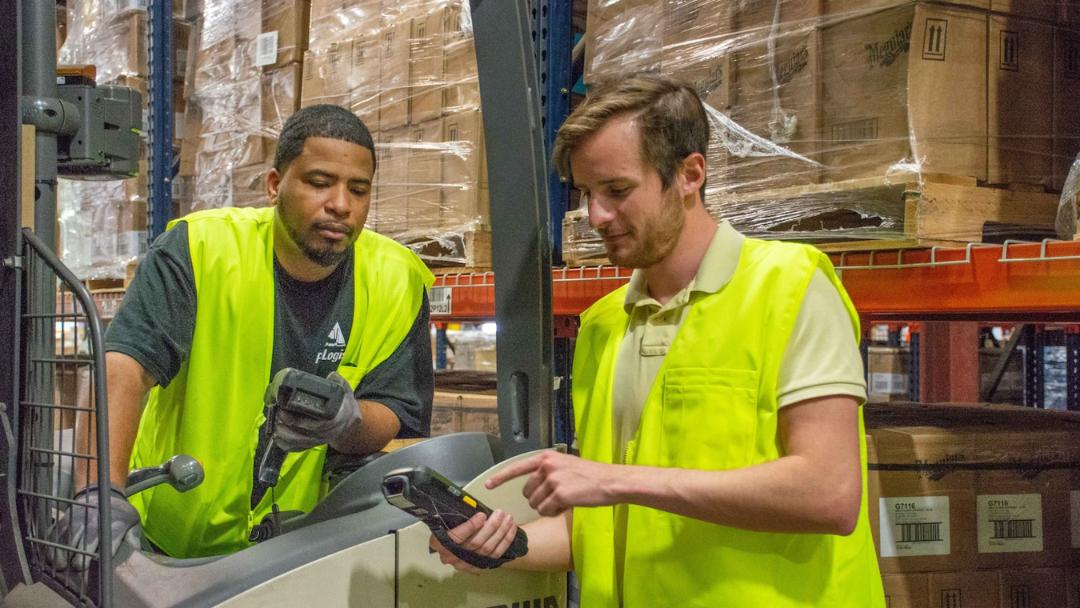To say companies in the manufacturing and distribution industries use a lot of fuel and produce a lot of waste is an understatement. Consequently, for many years now, businesses across the supply chain have dedicated themselves to furthering their sustainability efforts.
However, pollution and carbon emissions occur at every stage of the supply chain, and the consumer end-stage is no exception. As the Massachusetts Institute of Technology explains, the customer has an enormous part to play in minimizing the impact their purchases have on the environment.
Warehousing and logistics companies should encourage their customers to help offset their impact on the environment, too. According to Harvard Business Review, many consumers express that a company's sustainability is important to them, yet very few actually make environmentally friendly purchasing decisions.
The solution? Make those choices easier and more practical. Here's how businesses in this industry can help facilitate sustainable consumer behavior:
Reducing deliveries
It's no secret that transporting goods to customers' doorsteps requires millions of gallons of fuel every year. The issue with this is how much carbon dioxide and monoxide delivery vehicles are pumping into the air. Even with route optimization, every additional mile releases more greenhouse gasses into the atmosphere.
By creating customer centers at which buyers can collect their items (and drop off any exchanges or returns), companies can lower their fuel use. Furthermore, they can encourage consumers to wait a little longer for deliveries by charging a higher fee for same-day or 48-hour delivery. This can also reduce the number of trips drivers have to make, resulting in decreased fuel consumption (and, therefore, carbon emissions).
Eliminating packaging waste
Many companies have been using recycled and recyclable materials in their packaging in an effort to reduce the amount of plastic that ends up in landfills, waterways and oceans. However, not every consumer is diligent about recycling their packaging.
One option to circumvent this issue is to charge customers a greater rate for additional packaging, which may prevent many shoppers from ending up with a whole load of boxes and wrapping they won't dispose of responsibly. Businesses can also promote choosing environmentally sustainable packaging by awarding loyalty points to customers who make this choice.
Promote recycling and reusing
A shocking amount of potentially recyclable goods or products that contain reusable materials end up in dumpsters when they could be used to create new merchandise. This is especially true for technological devices that contain gold and other precious metals in their microchips.
Companies can offer incentives to customers who return their product when it's reached its end of life (the customer center mentioned earlier is a great way to enable this). One business paving the way in this regard is the tech giant Apple that allows customers to trade in old iPhones, Macs and other devices. They receive credit that will help them purchase a new item or an Apple gift card.


